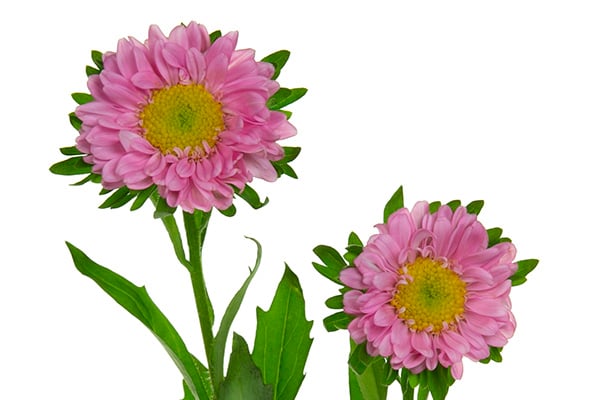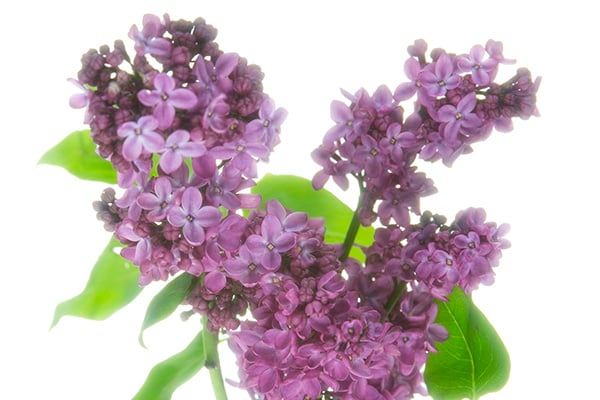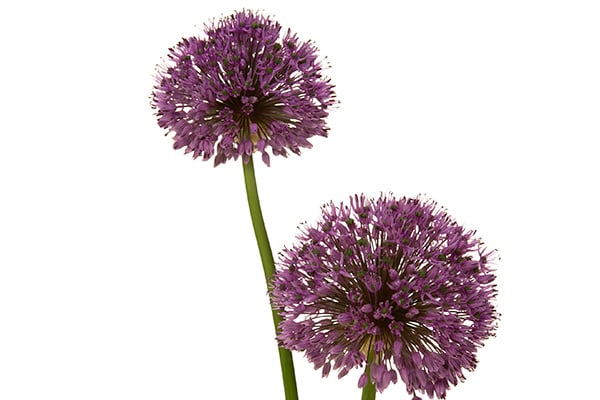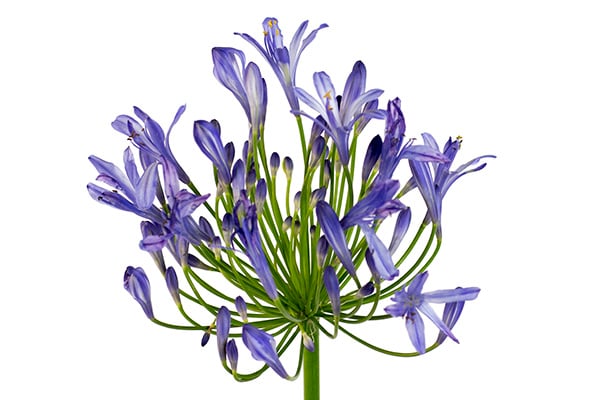What's New in Care & Handling

What’s New: The biggest change over the last decade is our approach to flower processing. Previously we recommend that all flower stems be given a fresh two to three inch cut under water and then moved to a treated water storage bucket. While this technique is still valid there is a complication that negates the full value of the technique. When flower stems are cut under water cellular vegetable debris, dirt and other contaminants are released into the water. This contaminant filled water quickly becomes a medium for bacteria and fungi. When flowers are cut in impure water the bacteria, fungi and cellular debris can enter the stem, restrict the uptake of water and greatly reduce the longevity of the flower.

We now recommend that flower stems be cut in the air. However, speed and sanitation are of the essence. It is critical that flowers be processed as soon as possible after receipt and that the very best sanitation practices be used. Delaying the processing of fresh flowers can lead to water stress and reduced longevity. We have always stressed the importance of clean tools, clean storage buckets and clean vases. Recent research has shown that a heightened level of sanitation is critical to flower longevity. Bacterial counts rise very rapidly in holding solutions that have not been throughly sanitized. Storage buckets, vases, clippers, knives, literally any equipment that comes into contact with the flowers must be sanitized with an antibacterial solution.

Flower preservatives containing carbohydrate, acidifier and bactericide have significantly improved and are a consistent means of extending flower life if used consistently. To be effective the flower preservative must be mixed with water in the proportions suggested by the preservative manufacturer.

We hope now you know how to care for cut flowers. For additional information on care and handling refer to the Floral Design Institute Website Flower Care and Handling. For additional information on care and handling of specific flower varieties refer to the Floral Design Institute Website Flower Library.

